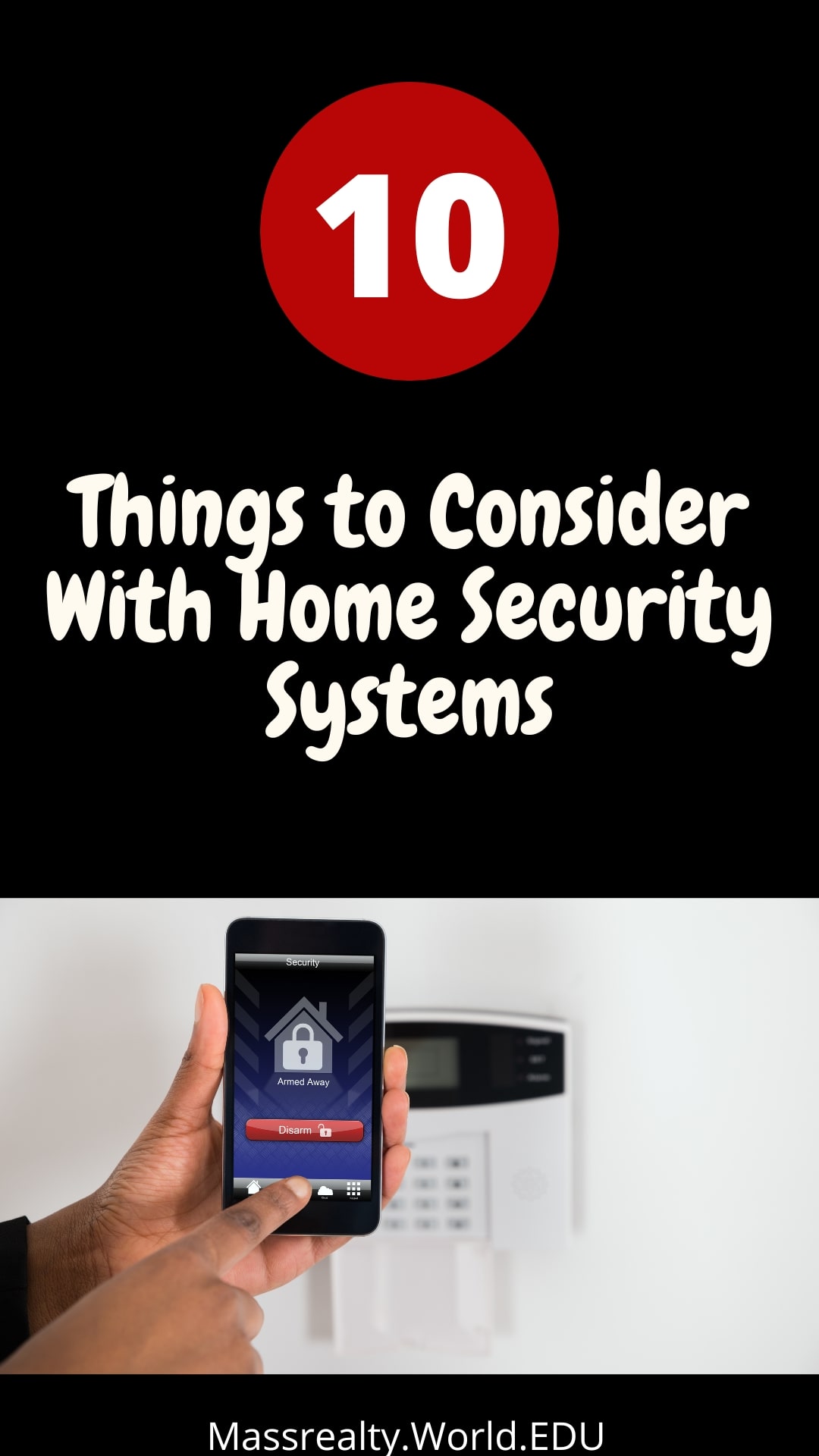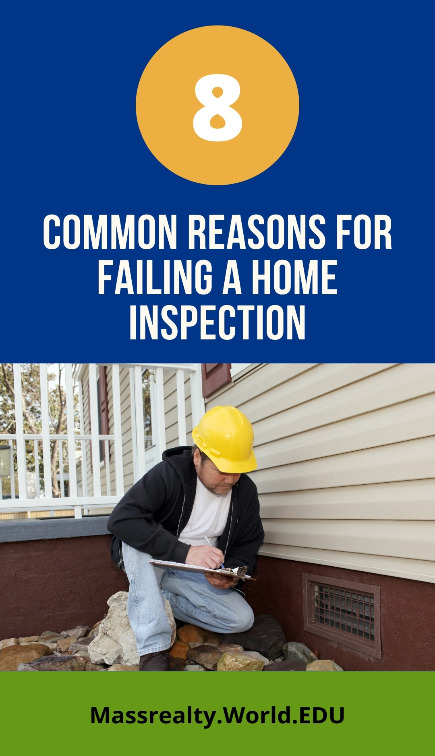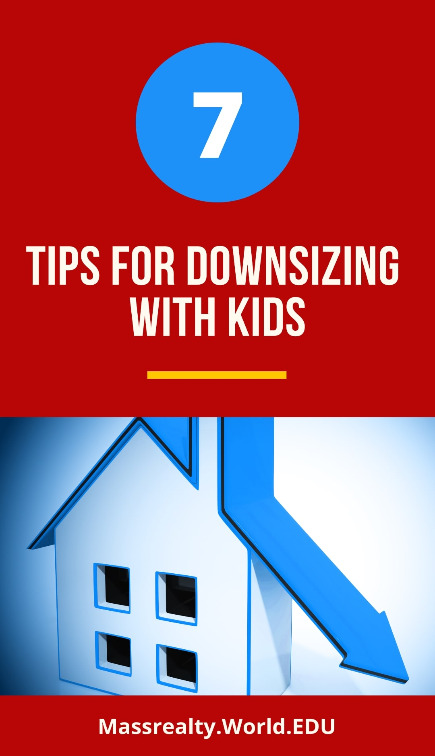
Owning a home is expensive, so it’s important to ensure that it is protected. Investing in a home security system is one of the first things you should consider purchasing for your new home or adding to your existing home.
Choosing the right home security can give you peace of mind and protect your home and family from potential threats.
But with so many options available, it can be overwhelming to choose the right one. This article will discuss the top 10 things you should consider when selecting a home security system.
1. Type of Monitoring
Professional monitoring involves a third-party monitoring company that watches your home 24/7 and alerts the authorities in case of any emergency.
While this type of monitoring can be more expensive, it provides the highest level of protection for your home. Self-monitoring requires you to monitor your own security system using a smartphone app or website.
While this can save you money, it may not be as reliable as professional monitoring. If you’re frequently away from home or have valuable items in your home, it’s worth considering professional monitoring.
Additionally, some home security systems allow you to control your system through your car. This can be a useful feature if you want to arm or disarm your system as you pull in or out of your driveway.
2. Installation Process
Some security systems require professional installation, while others are DIY.
Professional installation can be more expensive, but it ensures your system is installed correctly and properly. DIY installation can save you money but may require technical expertise and take more time.
If you’re renting your home or plan to move in the future, consider a system with a DIY installation process that can be easily moved.
3. Cost
Home security systems can be expensive. Make sure you consider the cost of equipment, monitoring fees, and installation costs.
Remember that you may be able to save money if you purchase the equipment outright rather than leasing it.
Additionally, some systems may offer discounts if you sign a long-term monitoring contract. When considering cost, also consider the potential cost of a break-in or trespassing incident that could have been prevented with a security system.
4. Integration with Smart Home Devices
If you have smart home devices like a Google Home or Amazon Alexa, you’ll want to ensure your home security system can integrate. This can allow you to control your security system with your voice and make it easier to manage.
Additionally, some systems may allow you to integrate with your car or other smart devices. This can provide added convenience and make it easier to manage your security system.
5. Customization
Every home has unique security needs. Look for a system that can be customized to fit your specific needs.
This may include adding additional sensors or cameras or offering features that ensure your pets don’t accidentally trigger alarms.
Additionally, some systems may offer add-on features like fire monitoring or flood detection. If you rent your home, look for a system that can be easily installed and removed without causing damage to the property.
6. Equipment Warranty
Make sure you choose a security system with a warranty on the equipment. This can provide peace of mind and protect you from expensive repairs or replacements. Additionally, some systems may offer extended warranties or maintenance plans for an additional fee.
7. Compatibility with Your Car
Some home security systems allow you to control your system through your car. This can be convenient if you want to arm or disarm your system as you pull in or out of your driveway. Additionally, some systems may offer a mobile app that allows you to control your system remotely.
8. Video Monitoring
Video monitoring can be a valuable tool for identifying potential trespassers or intruders. Look for a system that offers video monitoring and allows you to access footage remotely.
Some systems may also offer motion-activated recording or live-streaming capabilities. If you’re frequently away from home or have valuable items in your home, video monitoring can provide added peace of mind.
9. Ability to Transfer or Move
If you rent your home or plan to move in the future, make sure you choose a security system that can be easily transferred or moved.
This may require a system with a DIY installation process or a system that can be easily uninstalled and reinstalled. Additionally, some systems may offer relocation services or discounted equipment for frequently moving customers.
10. Integration with Real Estate Transactions
If you’re buying a home, look for a security system that can integrate with the home buying process.
Some home security companies may offer a special package for homes for sale by owner or provide discounts to buyers who purchase a security system with their new home.
Additionally, some security systems may allow for seamless integration with a real estate transaction, making it easier to move into your new home with added security.
Whether you’re a homeowner looking for day-to-day protection or a seller looking to keep your home safe during tours and from theft at open houses, there are many factors to consider when choosing a home security system.
From type of monitoring to cost to integration with smart home devices and more, choosing a system that meets your unique security needs is important.
By researching and evaluating your options, you can find a security system that provides peace of mind and protects your home and family from threats like break-ins, trespassing, and more.



